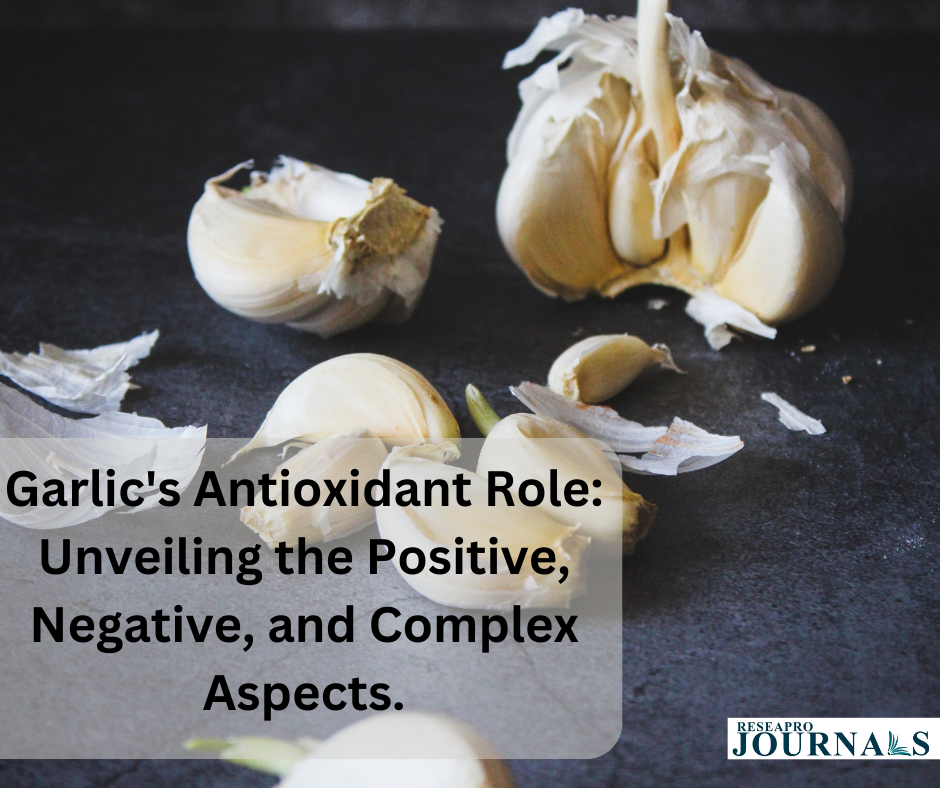Garlic, integral to human history, holds a significant role in diet and medicine. In certain Western nations, garlic preparations’ sales rival leading prescription drugs. Despite its diverse therapeutic effects, a unified theory explaining its mechanisms remains elusive. Reactive oxygen species are implicated in various diseases, and garlic’s modulation of ROS is a compelling hypothesis. Extensive literature on garlic’s antioxidant potential reveals mixed results, with aged garlic extract showing promise. However, the presence of compounds with opposing effects complicates the subject, with raw garlic’s antioxidant potential accompanied by potential toxicity at higher doses.
The Good: Garlic is packed with antioxidants, those disease-fighting molecules that combat free radicals and oxidative stress. Studies have shown that garlic can help lower blood pressure, cholesterol, and blood sugar levels. It can also boost the immune system and fight off infections.
The Bad: Garlic’s potent compounds can have downsides. Crushing or chopping garlic activates allicin, a compound that can irritate the stomach and intestines, causing heartburn or indigestion. In high doses, garlic can interact with certain medications, such as blood thinners.
The Ugly: While aged garlic extract seems safe, raw garlic in large amounts can be toxic to the liver and kidneys. So, enjoy garlic in moderation and consult your doctor if you have any concerns.




